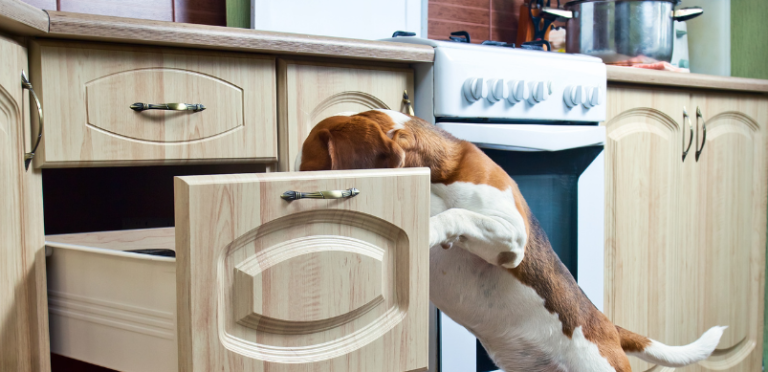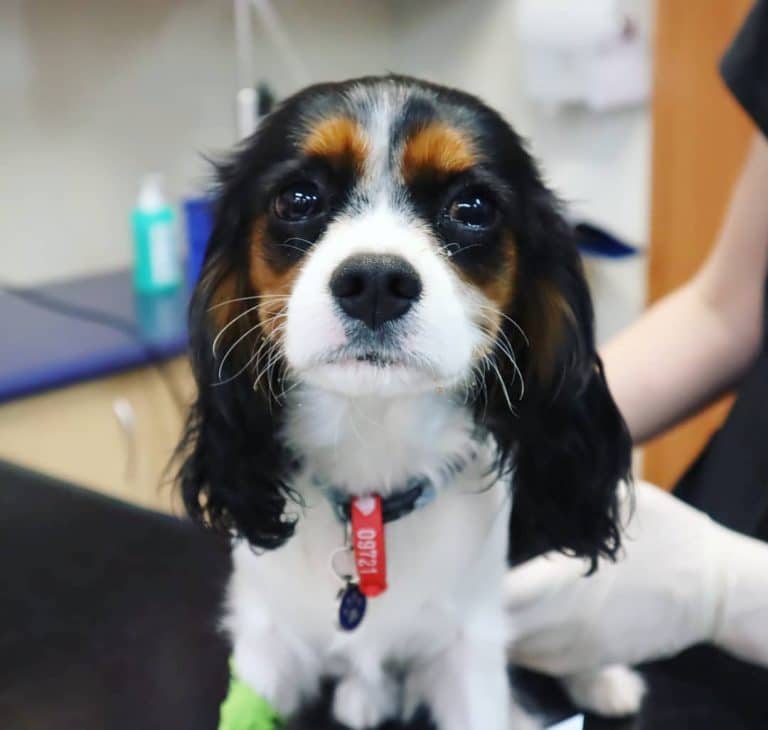Everything You Need to Know about Pet First Aid
Pets are more than just animals; they are members of our family. They bring us immense joy, companionship, and love. However, with the joy of pet ownership comes the responsibility to ensure their safety and well-being. Just like humans, pets can experience sudden illnesses or injuries, and it’s crucial that as pet owners, we are prepared to act swiftly in emergencies. Pet first aid is an invaluable skill set that every pet owner should have. This guide is designed to be your go-to resource for understanding pet first aid, ensuring you’re equipped to be the best first responder for your furry, feathered, or scaled friends in times of need.
Understanding Pet First Aid
Pet first aid refers to the immediate care given to an injured or sick pet before professional veterinary care is available. It can include anything from treating minor cuts and scrapes to performing CPR in more serious situations. The goal of pet first aid is not to replace veterinary care but to stabilise your pet to prevent the condition from worsening until professional help is obtained.
Why Pet First Aid is Essential
- Saves Lives: Quick and appropriate first aid can save your pet’s life in an emergency.
- Reduces Recovery Time: Proper immediate care can lessen the severity of the injury or illness, leading to a quicker recovery.
- Prevents Situations from Worsening: Knowing what to do can prevent a bad situation from becoming worse.
- Enhances Your Relationship: Being able to care for your pet in times of need strengthens your bond and trust.

Key Components of Pet First Aid
1. Preparation
-
- First Aid Kit: Have a pet-specific first aid kit ready. Essentials include gauze, non-stick bandages, adhesive tape, saline solution, antiseptic wipes, a thermometer, tweezers, and a muzzle. Remember, pets in pain may bite.
- Emergency Numbers: Keep your veterinarian’s number, an emergency pet hospital number, and poison control hotline easily accessible.
2. Basic Procedures
-
- Assessing the Situation: Learn how to check your pet’s vital signs (heart rate, breathing rate, temperature).
- CPR for Pets: Familiarize yourself with the pet CPR procedure—tailored for different sizes and species.
- Wound Care: Understand how to clean and bandage wounds to prevent infection.
- Handling Specific Emergencies: Know the steps to take in various scenarios, such as poisoning, choking, or heatstroke.
3. Preventive Measures
-
- Pet Proofing: Regularly inspect your home for potential hazards like toxic plants, small objects that can be swallowed, and unsafe foods.
- Regular Vet Visits: Ensure your pet has regular check-ups to prevent illnesses and update vaccinations.
Learning and Practice
The best way to prepare for pet emergencies is through education and practice. Many organizations offer pet first aid courses, and online resources are available. Practicing the skills you learn, such as wrapping bandages or performing mock CPR, can help you remain calm and efficient during a real emergency.
Pets rely on us for their safety and well-being. By learning pet first aid, you’re taking a significant step toward ensuring you can provide the best care possible in emergencies. Remember, while first aid is vital, it is not a substitute for professional veterinary care. Always seek professional help for your pet following any first aid measures. This guide is a starting point—continue to educate yourself and stay prepared. Your pets are worth it.



